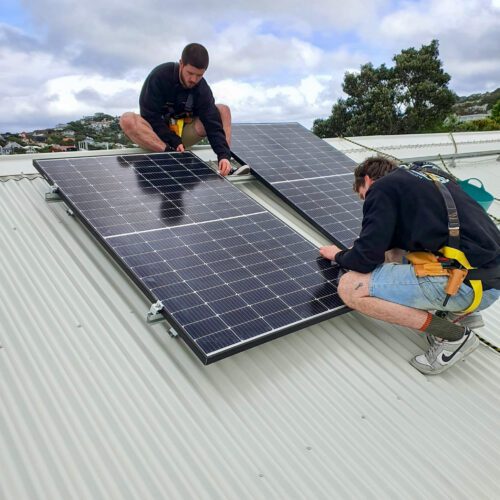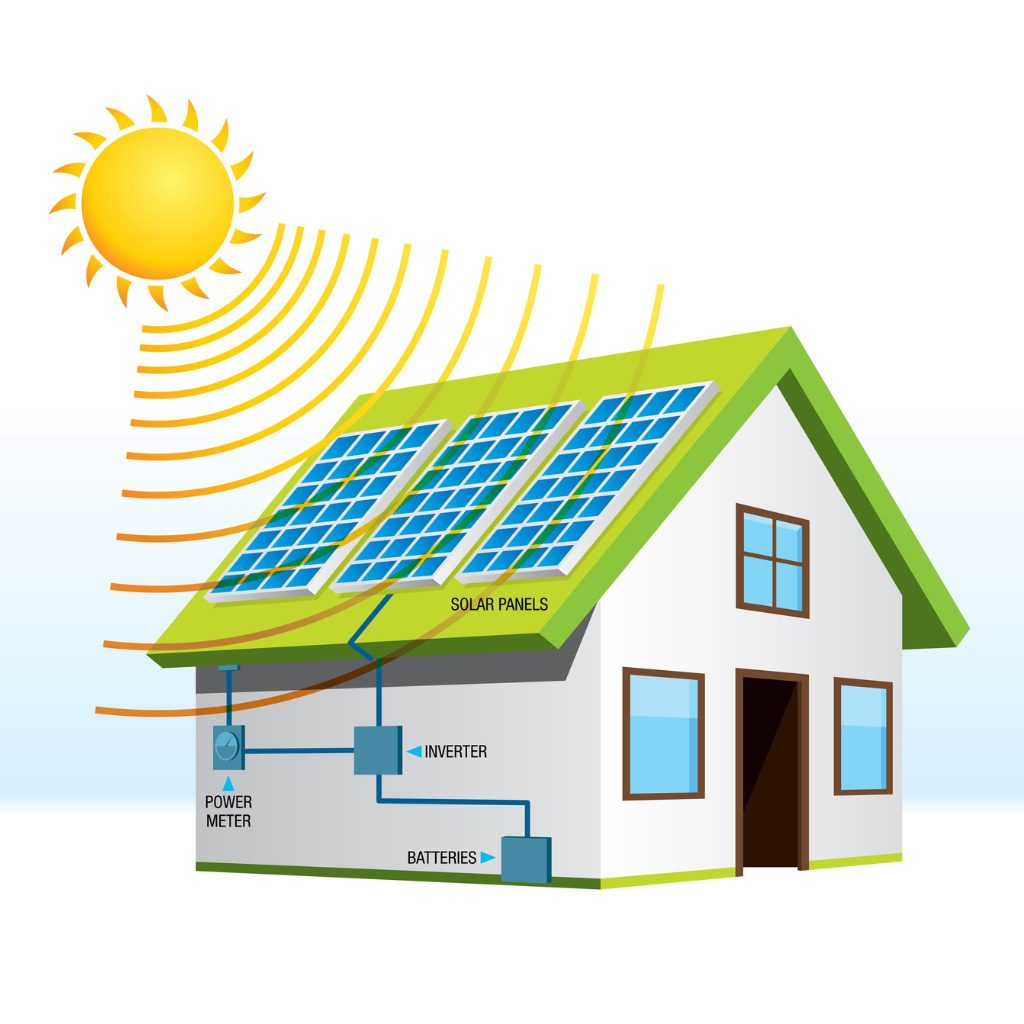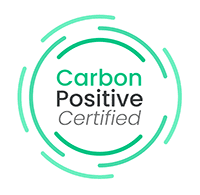There are three main components when it comes to a standard solar power set-up in the home.
The first and most obvious are the panels. The size, number, and placement of the panels depends entirely on the home or commercial building and your power needs, but they are generally placed on the roof facing north to capture the most sunlight possible.
An inverter is also an important part of any solar power system. This device converts the DC captured by the panels into AC, which can be used by the property.
Finally, it is possible (but not necessary) to include a battery in your set-up. Without a battery, power must either be used immediately, or in the case your solar energy system generates more power than your home consumes, that excess power will be sold to the energy provider and you will receive a credit on your monthly power bill. You’d be surprised at how often this occurs too.
With a battery, you can store power for later use such as in the case of a power outage, when the sun’s UV rays cannot be utilised (such as night-time or overcast days), or sell the excess power back to the grid. The main reason for customers adding a battery system to their solar panels is the remarkable resilience it provides from power cuts during extreme weather events.
However, battery installation costs are still relatively high and are not particularly common in New Zealand homes. The upside of this is that they are getting more cost efficient and quality increases each year so there are better products on the market now then there were a few years ago and the trend looks to keep going.





